In the footsteps of Columban Missionaries in China
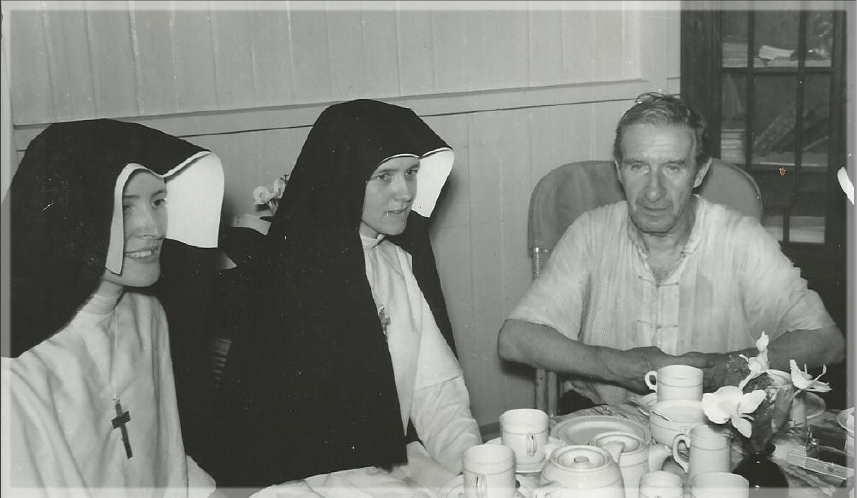
Bishop Edward J. Galvin
19 September 1952 at convent of the Columban Sisters, Hong Kong
Bishop Galvin, Co-founder of the Columbans and first Bishop of Hanyang had just been expelled from the People’s Republic of China
This article first appeared in Sunday Examiner, the English-language weekly of the Diocese of Hong Kong edited by Australian Columban Fr James Mulroney.
HONG KONG (SE): In the manner in which St Columban proclaimed himself an exile for Christ when he left his native Ireland for Europe over 1,400 years ago, a group of Chinese priests, sisters and lay people from Wuhan carried a banner reading ‘Exiles for Christ’ as they traveled in pilgrimage along the Han River from Hanyang between 11 and 14 November 2015 in the footsteps of the Columban missionaries of the 1920s.
The organizer of the pilgrimage, Father Joseph Li, said that the three-day journey served to awaken something in the hearts of all who took part. ‘We felt a communion and a togetherness with the missionaries who did so much to nourish the faith among our communities,’ Father Li reflected.
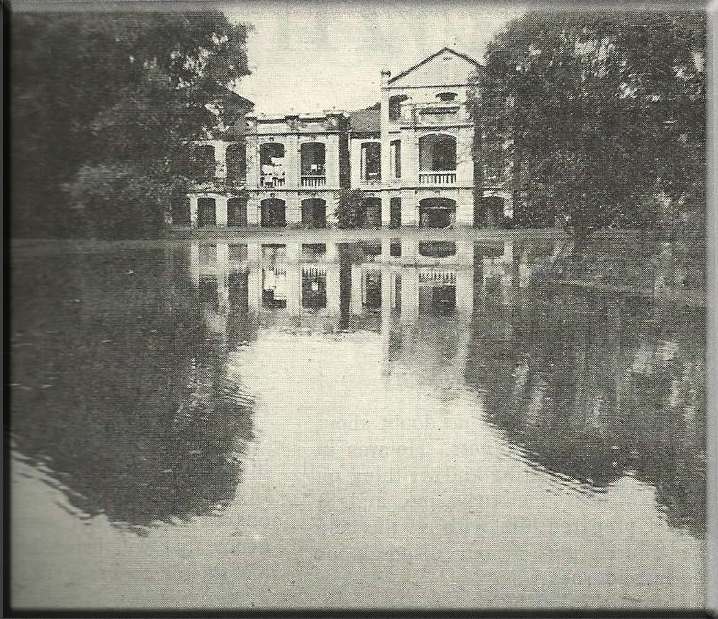
Floods in Hanyang, August 1931
Sister Li, from Xianto, said that she was conscious of a deepening gratitude forming inside her heart, as her appreciation of the growth of the faith in Hanyang deepened. She said that when the group stopped at the hilltop where hundreds of thousands of refugees huddled during the great floods of 1931, she was filled with awe listening to the story of the work that the Bishop Edward Galvin and the Columban Sisters and priests did in sustaining them over the six to eight months their homes remained under water.
‘Now I feel I am more ready to be an exile for Christ myself,’ Sister Li said.
Traveling in four minibuses, the 28 pilgrims covered a distance of some 300 kilometers, as they wound their way along the twisted path of the Han River. At each stop they raised the red banner bearing the words of St Columban, ‘Peregrinari pro Christo’ (‘To be pilgrims/exiles for Christ’) to capture something of the spirit that drove him to leave his homeland, renounce his position and social status, to preach Christ in a hostile environment.
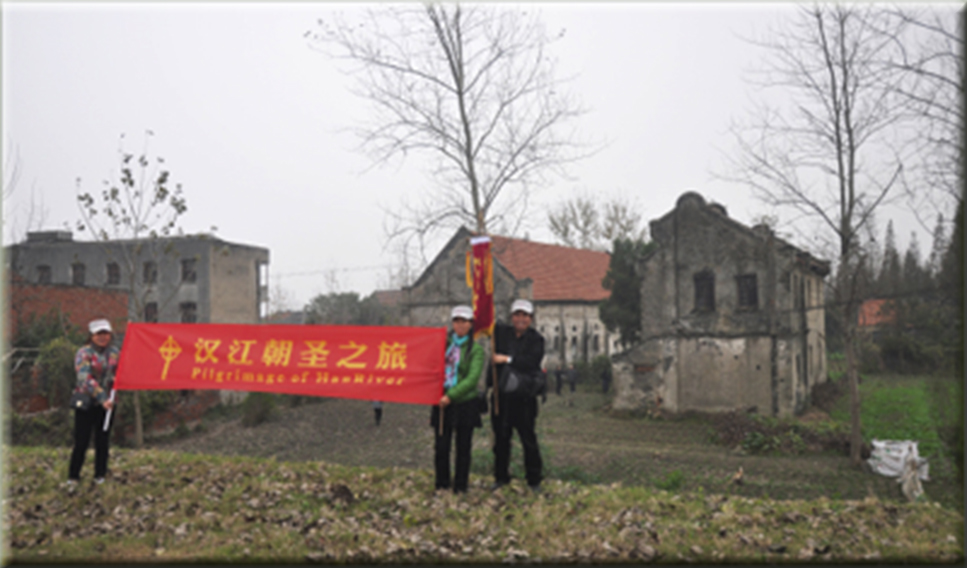
Pilgrims with banner in Shau Town Village
The group visited Shau Town Village, where local people told them that there are no longer any Catholics, but the ruins of what was once a sizeable stone church and a two-story convent and rectory now stand only as a monument to what was once a thriving faith community.
At another stop, a former seminary, displaying fine architecture and still in good repair, as it is now used as a dormitory for government workers, reflects a past hope that although dented, refreshed the determination of the pilgrim group to cherish their faith and work to build strong local Church communities in the future.
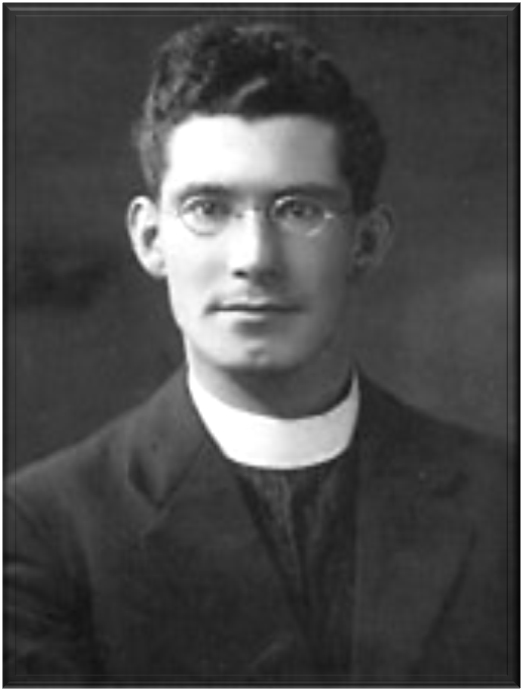
Fr Charles Cullen
(1897 – 13 July 1923)
But most moving of all were the tombs of the Columbans who died in China. Father Charles Cullen came from Ireland in the 1920s, but died two years later at the age of 27. Bishop Galvin wrote of his death, ‘When night came . . . there was no coffin to be had. In this appalling difficulty, a friend turned up where you least expected to find one. A pagan gave the coffin he had prepared for himself, and a very fine one it was!’
At this point, a priest suggested that the exact place of his burial be located and a replica of the coffin be made and reburied at the parish church. But as the group reflected on this, one asked why, as Father Cullen is already in the place where he belongs. Another said, ‘Most people look for a place to settle down, but Father Cullen was a missionary and his life was lived on the road.’
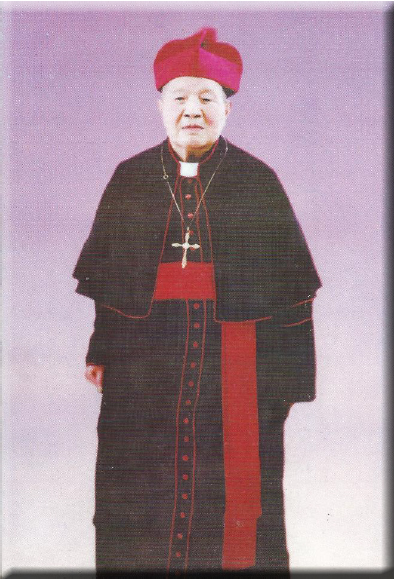
Bishop Peter Zhang Bairen
Second Bishop of Hanyang
The group was further inspired at the tomb of Bishop Peter Zhang Boren (or ‘Bairen’), the first Chinese bishop of Hanyang, who died in semi-isolation in a small village in 2005, where he had been an English teacher to small children since his release from prison.
Bishop Zhang was a subject of intense interest to the Communist Party in the early 1950s, as he was seen as a prize candidate for the newly-formed Chinese Catholic Patriotic Association. He subsequently spent 24 years in prison, before being released and sent to teach English in a village, which he found difficult after not using the language for so long. However, he was able to carry on a clandestine ministry among the people and was buried with honor by the local Catholic community.
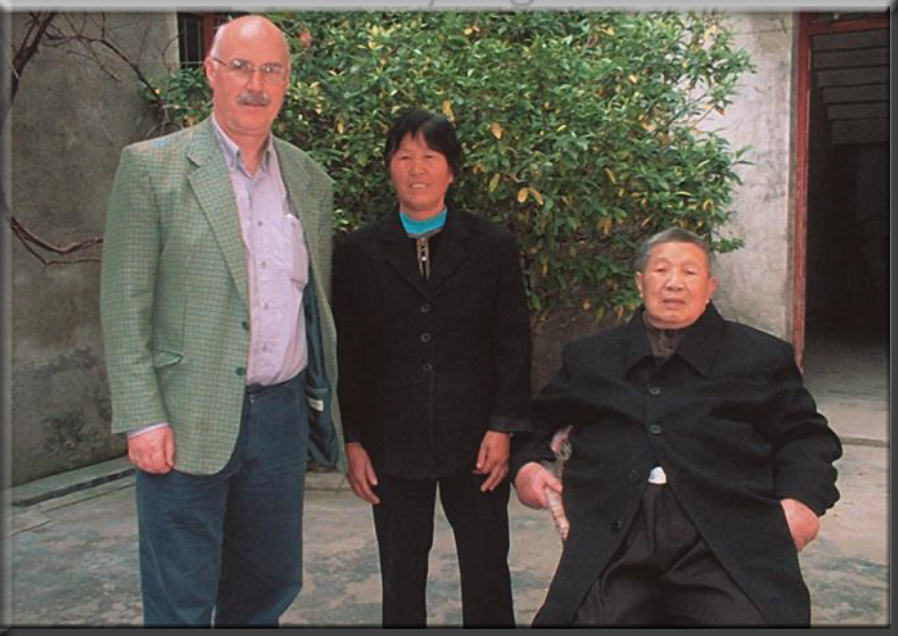
Bishop Zhang with Columban Fr Tommy Murphy and friend
One night in a darkened hotel room near an old labor camp where priests had been interned in the past, the pilgrims fasted as they gathered to share their reflections, just as they shared the light of the candles placed on the table where the Eucharist was to be celebrated.
Father Li told stories of the exiles for Christ who brought the good news of Jesus to the far reaches of the world, likening it to the beginning of the sojourn of Abraham, our father in faith, and then the spread of Christianity from Europe into Asia through people like St Columban and, finally, the missionaries like him who proclaimed the faith in Hanyang.
At the final destination of Bai Hu Village, Tianmen, the Chinese priests donned red stoles for a Mass in remembrance of the sacrifices, sweat and tears of all those who had donated their lives to the passing on of the faith and are now buried in their land like seeds of belief.
Father Li concluded, ‘In their lives, and even in death, they are an inspiration.’

Remembering Fr Charles Cullen
Fr Charles Cullen was the first member of the fledgling Missionary Society of St Columban to die, on 13 July 1923 in China. The Chinese pilgrims following in the footsteps of Columban missionaries in China visited his grave. Ninety years later his relatives honored his memory.
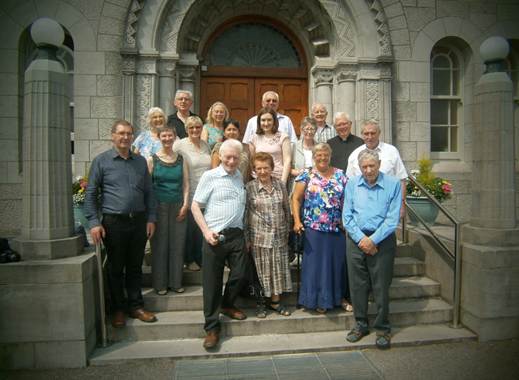
Fr Charles Cullen’s relatives at Dalgan Park
The Cullen family gathered at St Columban’s, Dalgan Park, Navan, Ireland on Saturday 13 July 2013 to take part in a special Mass to commemorate the 90th anniversary of the death in China of Father Charles Cullen, and to remember and pay tribute to their uncle.
Fr Neil Collins, a historian who worked in Mindanao for many years and who has written a history of the Columbans, The Splendid Cause, was the principal celebrant of the Mass, assisted by Fathers Gerry Neylon and John McGrath of the China Mission Unit.
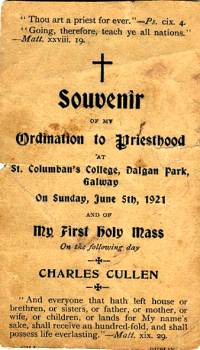
Fr Cullen’s ordination card
Father Charles was one of the first 19 students of the new mission when the first Columban seminary opened on 29 January 1918 at Dalgan Park, Shrule, County Galway. Ordained on 5 June 1921, he left by boat from Cobh for New York on 8 September 1921 and traveled within the USA preaching and fundraising for the cause before setting sail on 26 November 1921 from Seattle - one of the second group of priests to arrive in Hanyang, China, the territory allocated to the Missionary Society of St Columban by the Vatican.
After seven weeks of intensive study of Chinese, Father Charles was sent to his mission station of Ko Cha Dzae. From here he carried out his ministry, sometimes in the outlying districts and sometimes in other stations to cover for absent priests, until his untimely death through illness on 23 July 1923. He was just 27 years old, and the first Columban Missionary to die in the field. Some say that he was also the first Irish Catholic missionary to die in China.
The political turmoil in China resulted in the last missionaries being expelled in 1954. As time went on churches were destroyed or taken over for other purposes; Chinese characters were modernized, and the names of many villages were changed - Ko Cha Dzae disappeared from view. Throughout this time Father Charles lay in his lonely grave, lost, but never forgotten.
Through the efforts of Fr Dan Troy, the Coordinator of the China Mission Unit of the Columbans, and the generosity of the Missionary Society of St Columban, Father Charles' grave was re-located in 2012 and a plaque in his memory was unveiled in the village just prior to the commemoration.
The day concluded with a visit to the cemetery and the commemorative wall plaque where Father Charles' name is recorded.
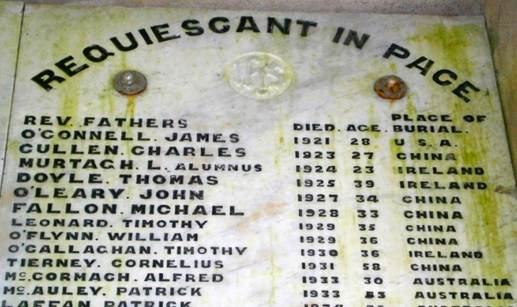
Commemorative wall plaque
You may read a fuller account, written by Carol Noble, of the visit of the Cullen Family to Dalgan Park on the website of the Columbans in Ireland here.
